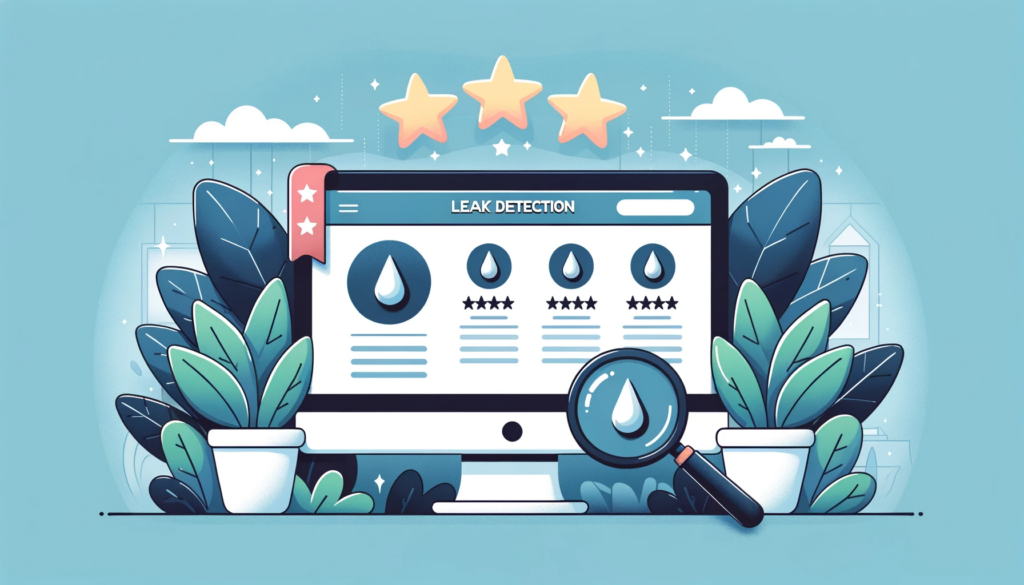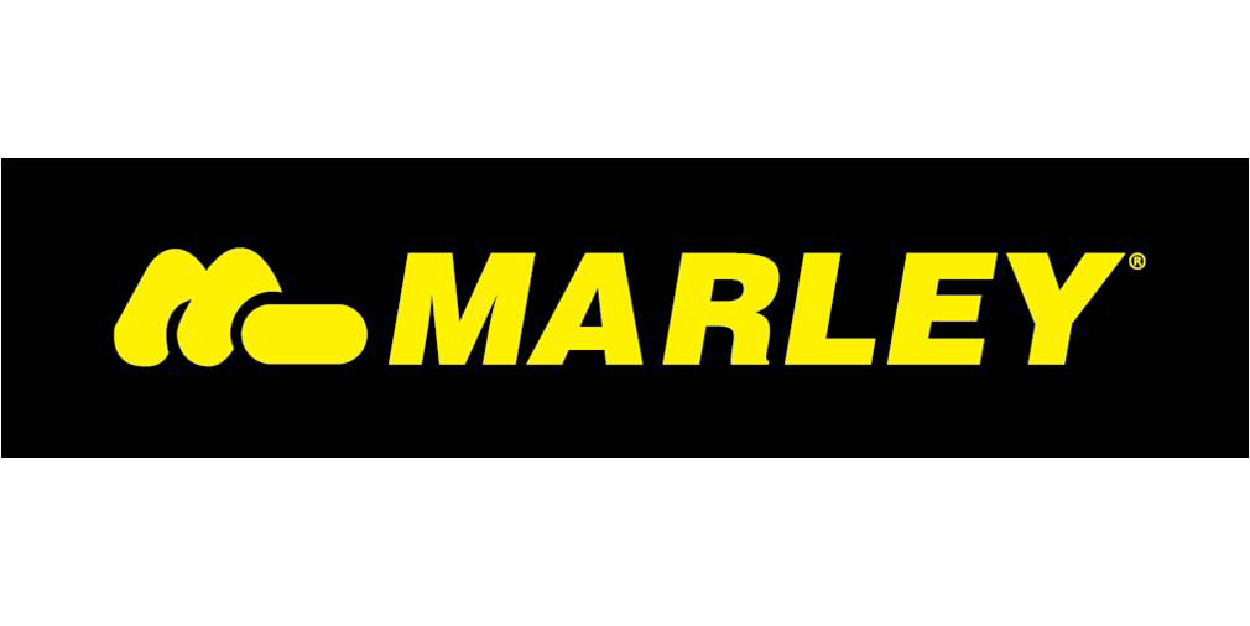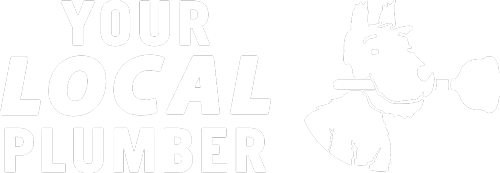
Call Today 09 973 4973 or
Pressure testing is a commonly used method for detecting leaks in plumbing systems, gas lines, and other pressurised systems. It is an efficient and reliable technique that can identify even the smallest of leaks, helping to prevent property damage and conserve resources. This article will delve into the details of pressure testing, explaining what it is, how it works, and why it’s an invaluable tool in the field of leak detection.
Understanding Pressure Testing
Pressure testing is a technique used to check if a system can safely handle its operating pressure. It involves introducing a gas or liquid into a system at a set pressure, then monitoring the system to see if the pressure decreases. If the pressure drops, this indicates that there is a leak in the system.
The specific method of pressure testing used can vary depending on the type of system and the nature of the suspected leak. Common types of pressure testing include hydraulic testing, where a liquid is used, and pneumatic testing, where a gas is used. Each method has its advantages and considerations, which professionals take into account when deciding on the best approach.
The Process of Pressure Testing
The process of pressure testing typically involves several steps. Firstly, the system is isolated and all sources of pressure are removed. Then, a test medium – usually a gas or liquid – is introduced into the system until the desired pressure is reached. The pressure is then monitored over a set period. If the pressure decreases during this time, it indicates that there is a leak.
Safety is a critical consideration during pressure testing. The test pressure is often higher than the system’s normal operating pressure, which can pose risks if not managed correctly. Because of this, the testing is always carried out in a controlled environment, following specific safety procedures.
Advantages and Limitations of Pressure Testing
One of the main advantages of pressure testing is its reliability. It can detect even the smallest leaks, making it a powerful tool in the leak detection arsenal. It’s also a versatile method, suitable for a wide range of systems and situations.
Pressure testing does have its limitations. It can be time-consuming, particularly for large systems, and it may not be suitable for systems that are sensitive to changes in pressure. While it can identify the presence of a leak, it can’t pinpoint its location. Despite these limitations, when used in conjunction with other methods, pressure testing is an invaluable tool in detecting and preventing leaks.
Pressure Testing in Practice
In the field of leak detection, pressure testing plays a critical role. It’s commonly used in industries such as oil and gas, plumbing, and HVAC, where maintaining the integrity of pressurised systems is essential. By identifying leaks early, pressure testing helps to prevent property damage, conserve resources, and ensure the safety and efficiency of pressurised systems.
Pressure testing is also used during the installation and maintenance of plumbing and gas systems. By testing a system after installation or repair, professionals can ensure that it’s leak-free and safe to operate. Regular pressure testing as part of a maintenance routine can also help to identify and address leaks before they cause significant issues.
The Future of Pressure Testing
As technology advances, so does the field of pressure testing. Developments in sensor technology are enabling more accurate and efficient pressure testing methods. For example, digital pressure gauges can provide real-time monitoring and data logging capabilities, enhancing the accuracy and efficiency of the testing process.
The integration of pressure testing data with other information, such as temperature and flow data, is improving leak detection capabilities. This integrated approach can provide a more comprehensive picture of a system’s integrity, helping to detect and locate leaks more effectively.
Despite the technological advancements, the fundamental principle of pressure testing remains the same: applying a pressure and monitoring for changes.
Complementary Techniques to Pressure Testing
While pressure testing is highly effective in identifying the presence of leaks, it often needs to be combined with other leak detection techniques to locate the leaks. Techniques such as acoustic leak detection, infrared thermography, video pipe inspections, and tracer gas detection can complement pressure testing.
Acoustic leak detection, for example, can be used to pinpoint the exact location of a leak that has been identified through pressure testing. Infrared thermography can reveal temperature changes caused by leaks, while video pipe inspections can visually confirm the presence of leaks. Tracer gas detection can help locate smaller, hard-to-find leaks.
By combining pressure testing with these other techniques, leak detection experts can not only confirm the presence of a leak but can also locate and assess it more accurately and efficiently. This comprehensive approach ensures that leaks are promptly and effectively addressed, preventing property damage and conserving resources.
The Importance of Professional Leak Detection
While pressure testing is a proven and reliable leak detection method, it requires expertise and proper equipment to be carried out effectively and safely. Therefore, it’s crucial to enlist the help of professional leak detection specialists when a leak is suspected.
Professionals have the training, experience, and equipment necessary to perform pressure testing safely and accurately. They understand the various factors that can influence the test results, such as temperature changes and system characteristics, and they know how to interpret the results accurately. They can also provide advice and services to address the identified leaks, ensuring that the system is restored to its optimal functioning.
Pressure testing is a valuable tool in the leak detection industry. It offers a reliable and efficient way to identify the presence of leaks, helping to prevent property damage, conserve resources, and maintain safe and efficient systems. By understanding what pressure testing is and how it works, you can appreciate its role in maintaining the integrity of your property’s plumbing, gas, and other pressurised systems.
Suppliers




